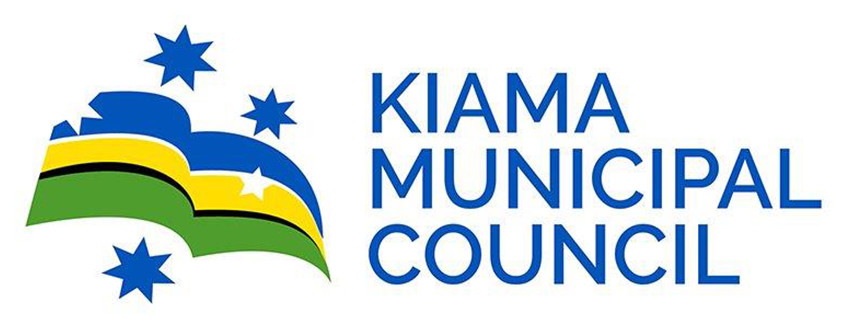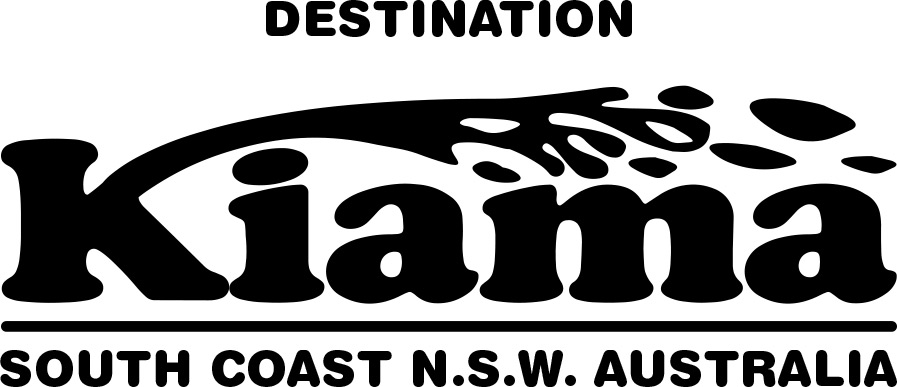If you asked the current new breed of coaches in Australian football who Steve O’Connor was and the great contribution he has made to player development, they would probably stare at you with utter bewilderment.
His playing record of three National Soccer League (NSL) championships with the star studded Sydney City from 1980-82 and the forty four international appearances with the Socceroos were the perfect platform for his involvement at the AIS from 1990-2007 when the production line churned out quality players like Viduka, Laybutt, Corica, Craig Foster, Skoko, Muscat, Craig Moore, Talia, Juric, Milicic and Foxe who all succeeded overseas.
After a stint as the technical director of the Hong Kong FA, O’Connor is now technical director of the growing Hills District Football Association.
In this interview with Roger Sleeman, O’Connor discusses the current state and standard of the game, the coaching setup and how it can be improved, his thoughts on the national team and his role at the Hills District Football Association.
ROGER SLEEMAN
You’ve been in senior football as a player and coach since the early 1970’s.
How has the game changed?
STEVE O’CONNOR
The game hasn’t changed that much but it is a lot quicker and maybe a bit more structured. If you use the EPL as an example, the ball speed is frenetic.
R.S.
How do you rate the coaching system today, particularly in youth development?
How does it compare to your time at the A.I.S.?
S.O.
We had discussions about changing the age groups at the AIS in 2007 .
When the Dutch coaches came in with no idea of our system they wanted to change it to a younger age group at the AIS and we said it couldn’t work.
The system we had where players came from the state academies to the AIS, funded by government, was very successful but with the new changes a lot of these successful programs ended.
The truth is we went backwards from a coaching system at youth level where we were very strong and used to qualify for all world youth championships to a situation where this was not guaranteed.
It was relevant that when I was in Hong Kong, countries like Vietnam were putting more money into development and we were putting in less.
After Ange Postecoglou left the youth job, I took over the u/20’s and prepared a program for the Asian qualifiers , advising the squad should prepare with matches in Europe and South America but it was knocked on the head.
I could see it was a stitch up to get rid of coaches like me and I said to John Boultbee, the FFA High Performance Manager at the time, how could we qualify if we didn’t have adequate preparation?
Boultbee told me there was no money and there could be training camps at the AIS. He also suggested money from the AIS could be used but I believed it was for AIS use only.
Before I knew it, the FFA got access to the funds so I resigned from my position after eighteen years at the AIS because I firmly believed things were going downhill.
R.S.
You played at Sydney City with some of Australia’s greatest products, Farina, Mitchell, Kosmina, Barnes, Lee, Patikas and Mullen.
Why can’t this situation be replicated today?
S.O.
The problem is now, young players aren’t getting the opportunity like in my time.
Jimmy Patikas played first grade at sixteen in a very strong team and this applied to a lot of young players who were playing first team football against men.
I can’t see that happening now.
R.S.
What is your opinion of the back three formation employed by Ange Postecoglou with the national team?
S.O.
I don’t mind it as long as defenders are quick but we’re getting caught on the break because we can’t adjust from ball possession to ball possession opposition quickly enough.
Against Thailand and Syria we were caught on the break and under Ange’s policy of attacking constantly, you need a strong defence so you don’t leak goals.
Playing Milligan at number six in the second leg and with the return of Jedinak for the Honduras matches, there may be more steel in defence.
However, with the changes in the development system introduced by the Dutch, we don’t have the quality of players to play this game despite being told ten years ago we would be but we’re still waiting.
Maybe, it’s different in Europe where there’s much more competition and a greater opportunity to work on all facets of the game.
R.S.
What is your opinion of the A- League and the national team?
S.O.
Everybody in the A- League plays 4-3-3 and it’s really like football by numbers.
Sydney FC is a decent side when they attack and maintain possession.
Melbourne City have been defending deep which the Dutch don’t like but City proved with the two goals they scored on the counter-attack against Melbourne Victory recently that it does work.
Nobody criticised City coach, Warren Joyce, for parking the bus and it showed you can counter-attack and defend from deep, rather than playing a high line.
The standard of the A- League is not great and as for the national team ranking of 44, that says it all.
The Dutch haven’t helped but nobody questioned them, particularly inside the administration.
R.S.
Tim Cahill’s headed goals against Syria were sensational. As a former international defender and coach how would you have combated Cahill and wouldn’t good defenders thwart these goals?
S.O.
You have to mark him tight to deny him the runs at goal because his vertical jump in the air is tremendous.
Obviously, you have to stop the service to him and stop his runs to the ball.
With the second goal he was going backwards and still met the ball with power so your defensive network must be fully co-ordinated and concentration maintained at all times because he’s been scoring goals for fun against the best for many years.
R.S.
What is your feeling about the closing down of the AIS to be replaced by Centres of Excellence at clubs?
S.O.
The fact is young players aren’t being given an opportunity in the A-League today
In contrast, when the AIS was at its peak, players like Mark Viduka went from the AIS at the age of eighteen to play for Melbourne Knights in the NSL and was the top scorer in the League in his first year.
There is a bottleneck at the top end because we are producing young players but there are too many foreigners in the A-League and young players need continual play at the top level to improve.
Marquees, like Maccarone from Brisbane Roar, are ok if they’re quality and can score if they get good service but many of them don’t put themselves out there with any real effort.
In my days at Sydney City we played against the best like Kevin Keegan, Peter Marinello, Francis Lee, Charlie George and Malcolm Macdonald who were top pros and not here for a holiday.
By all means bring in quality foreigners but not at the expense of developing youth at senior level.
R.S.
What is your opinion of the FFA Technical Director, Eric Abrams, and his contribution to youth development in Australia?
S.O.
He’s been here for over three years now and I’m not sure what he’s achieved.
His idea of dismantling the AIS to be replaced by Centres of Excellence at the clubs and adding to the resources of schools like Westfields Sports High School will not ensure the standard of youth footballers will automatically improve.
As I stated previously, the model we had at the AIS where youth players came from the state academies and progressed to senior NSL football worked perfectly, so why did it have to be changed?
R.S.
How did you arrive at Hills District FA, and what is your role?
S.O.
After returning from Hong Kong, I was involved in coaching at private schools.
Like a lot of experienced senior coaches, I was on the outer to obtain work with the FFA at elite level, particularly with the emergence of younger coaches who may not have achieved anything in their playing careers.
However, they abide by the Curriculum and don’t question the system.
The curriculum needs rapid improvement in a defensive context and also on the attacking side it emphasises speed and physical prowess while lacking emphasis in technical areas.
I received the offer to take up the T.D. job at the start of the year at Hills and I saw it as a new challenge in this newly created association which has over 11, 000 registered players in eight clubs.
Critically, I’m fully committed to improving the technical level of young boys and girls so they’re fully prepared to play at the highest level they can attain. Hence, I’ve been heavily involved in implementing youth development programs and coach education with a particular emphasis in upskilling coaches on a regular basis.
R.S.
Where can you see the game being in twenty years time?
S.O.
I’m confident with our huge playing numbers, the game will boom but there must be an expansion of the A- League, NPL standards must improve and youth players must be developed to play at higher levels to strengthen the A- League and the national team.
Remember, players like Emerton, Grella, Craig Moore, Sterjovski and Bresciano were all playing NSL at a young age.



